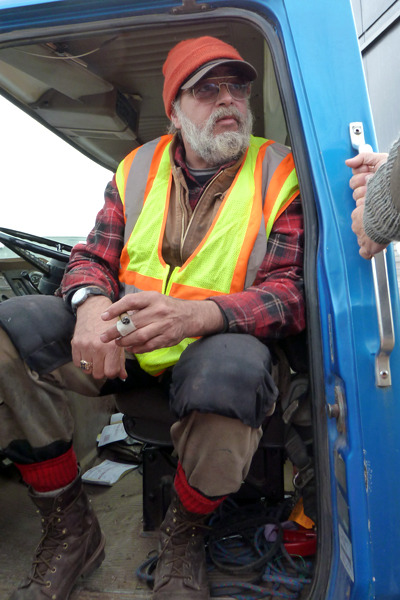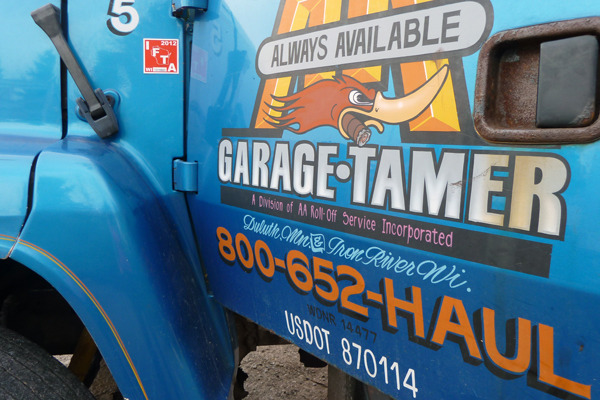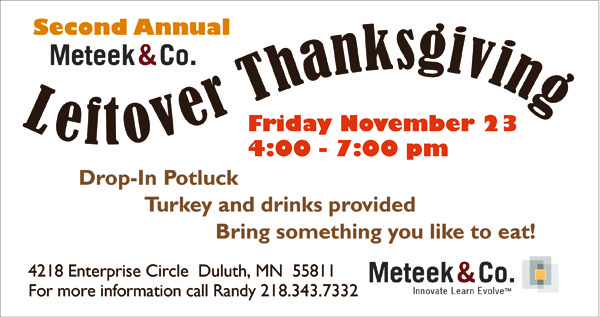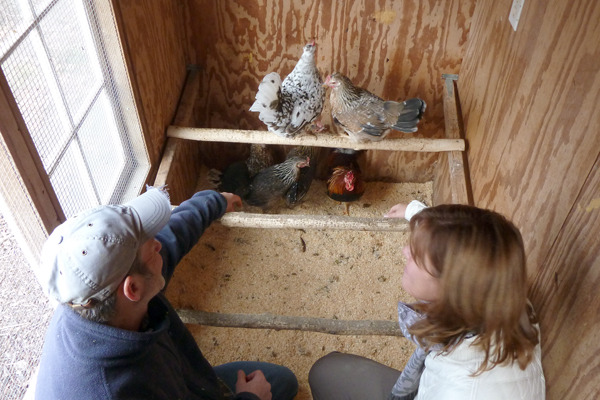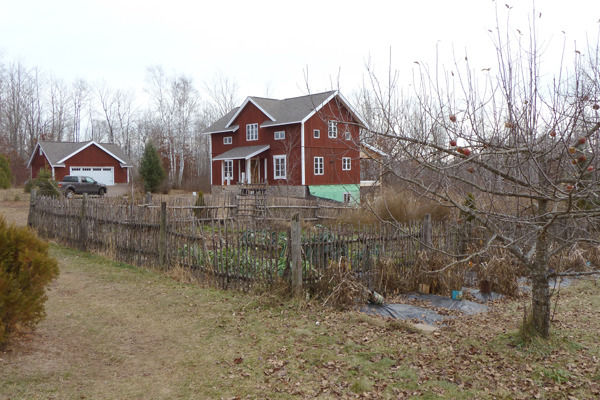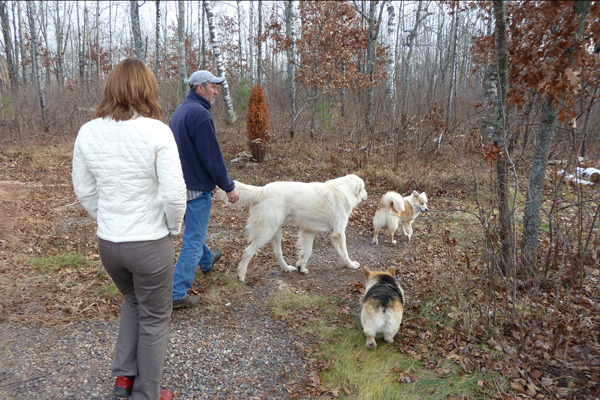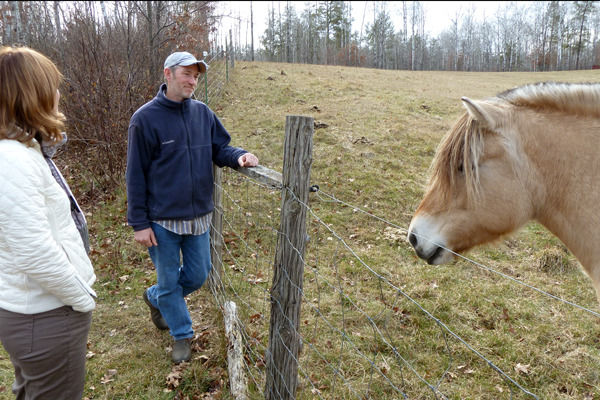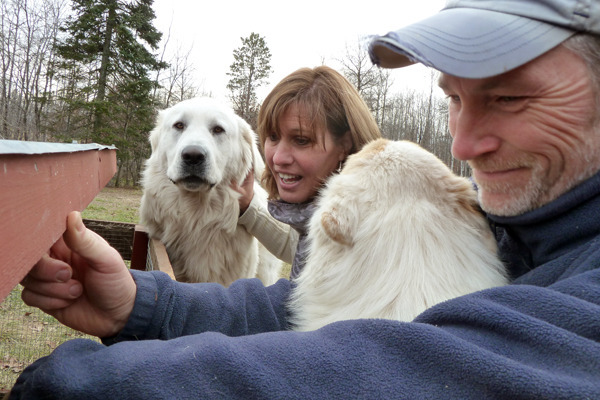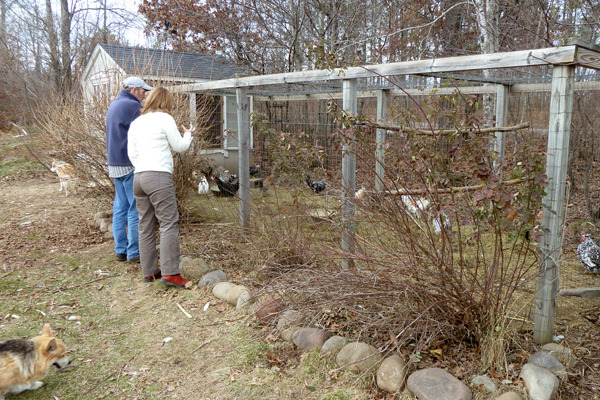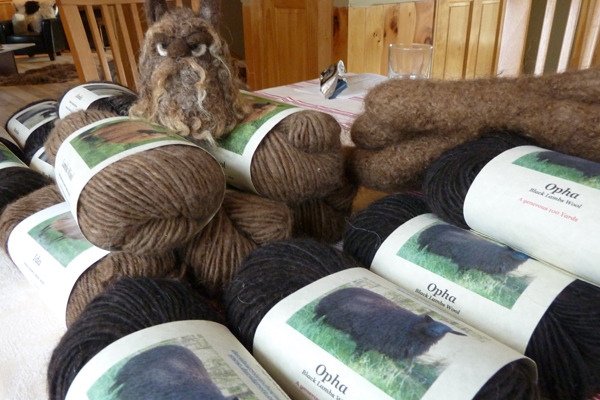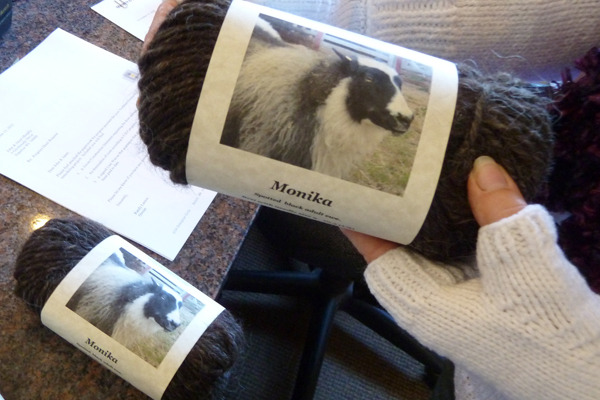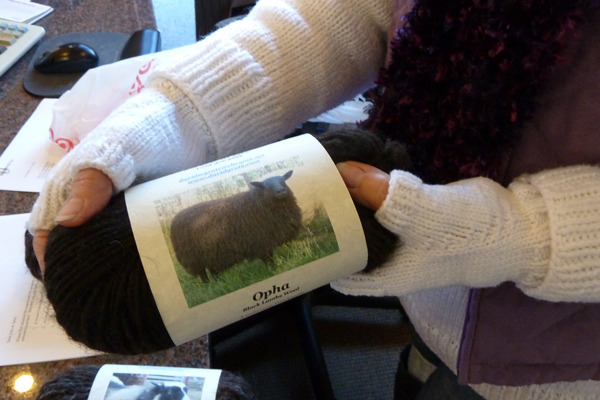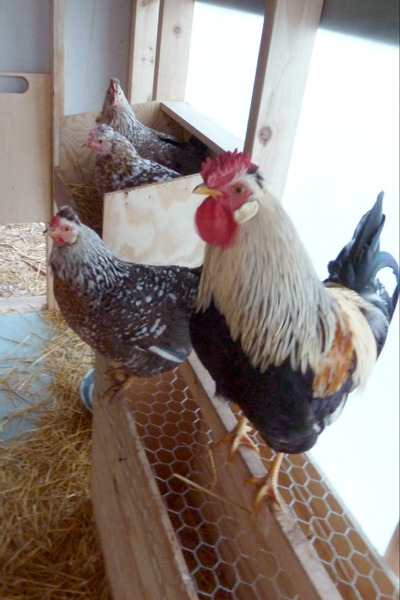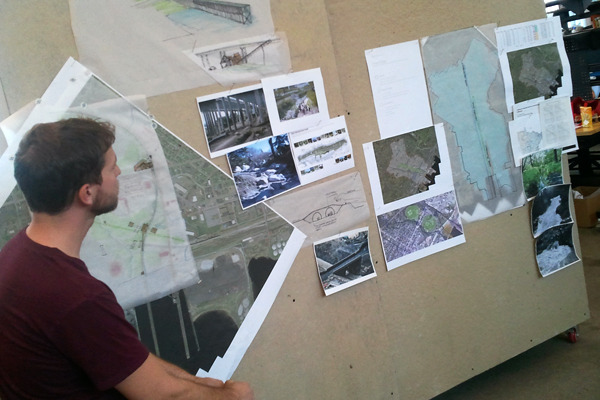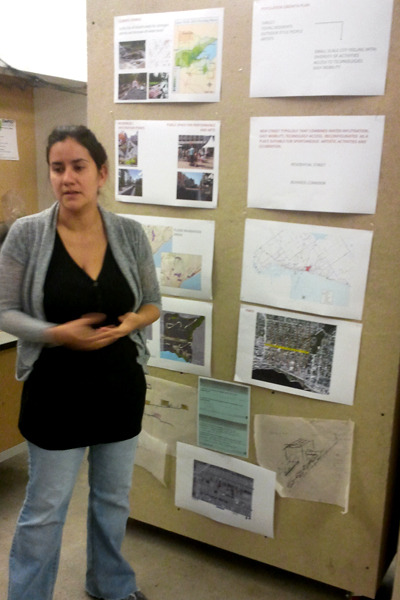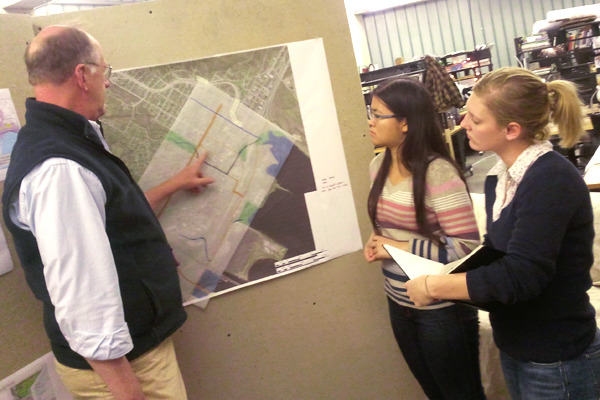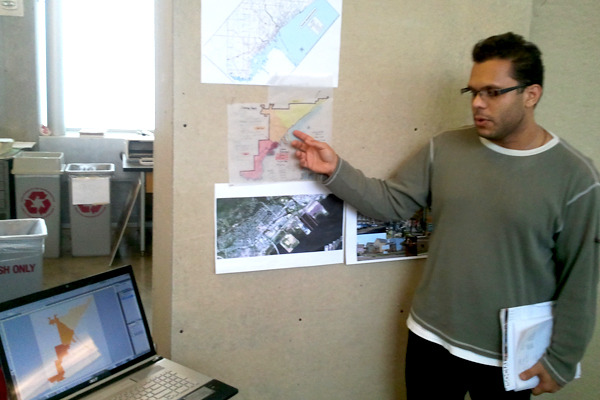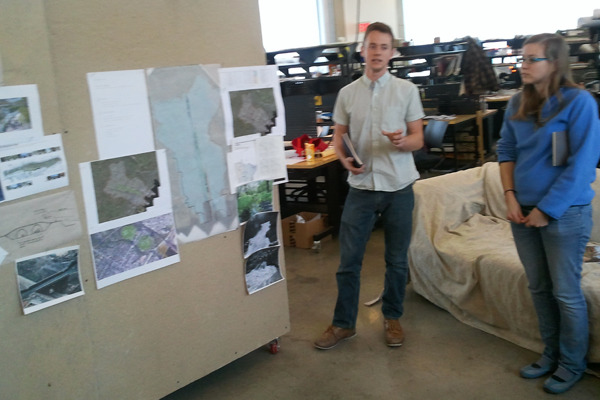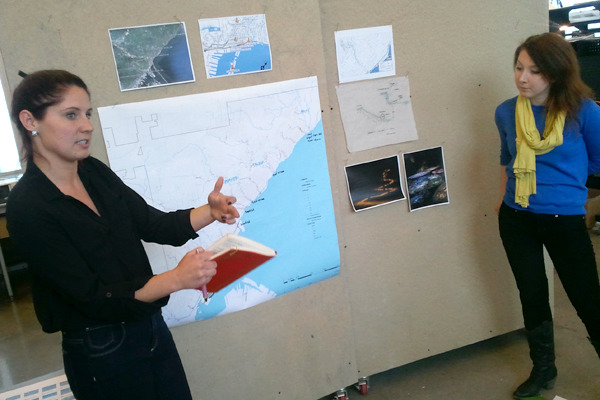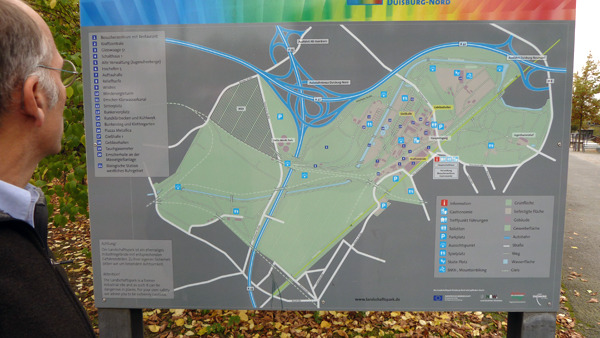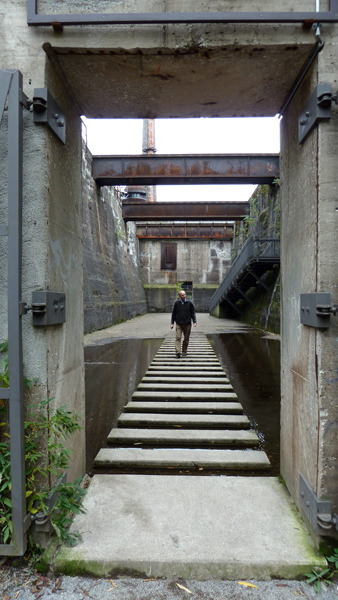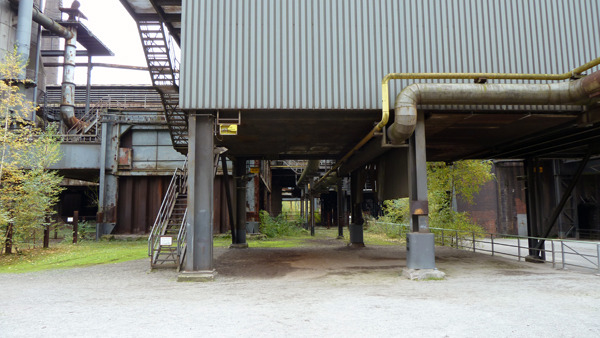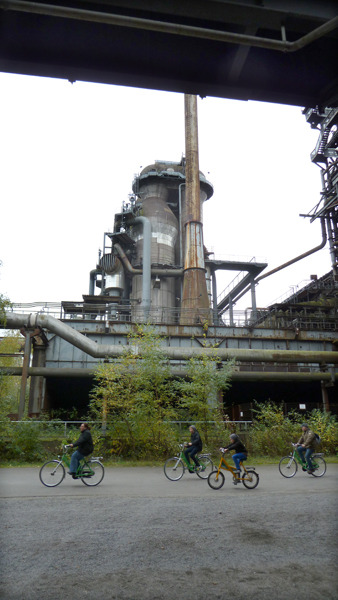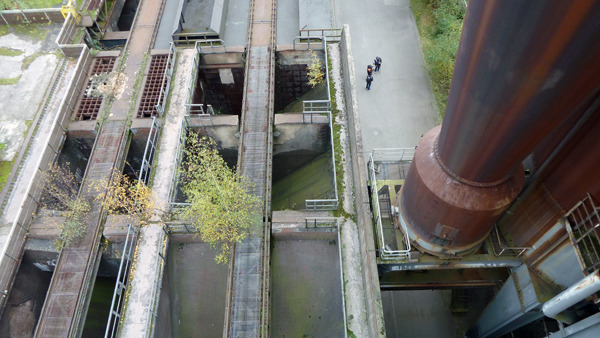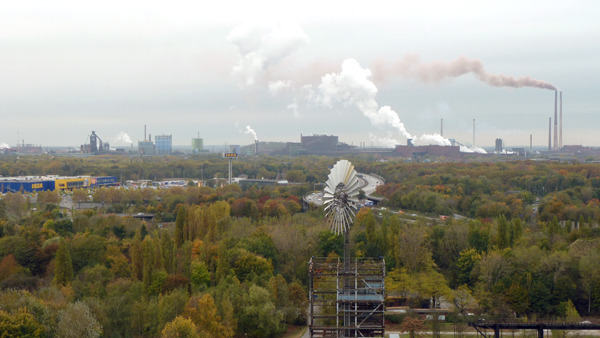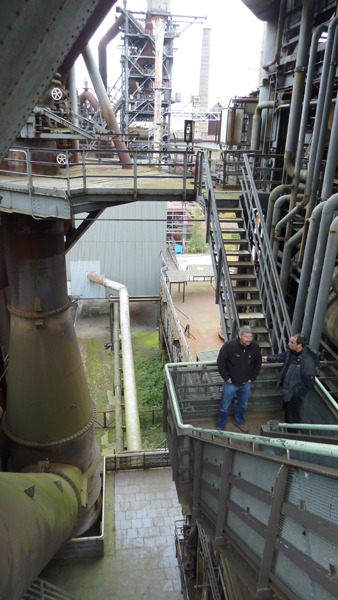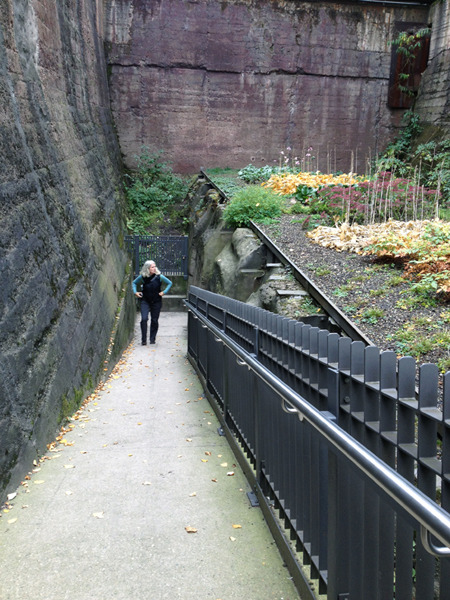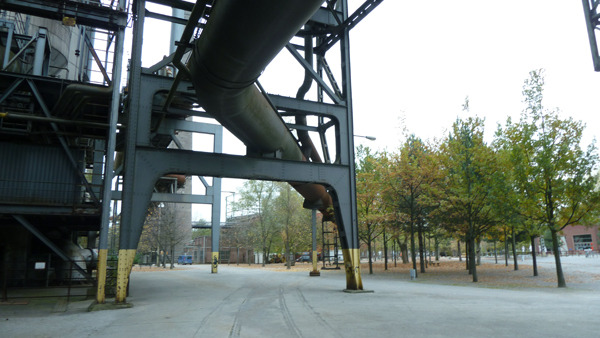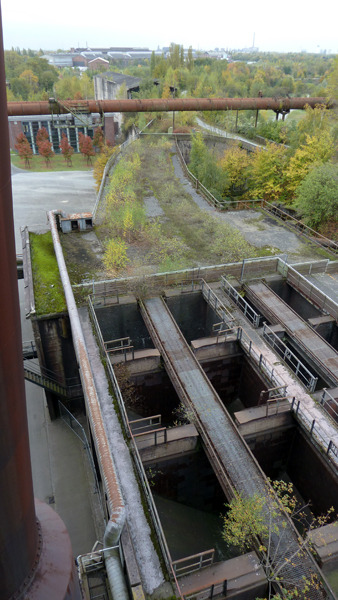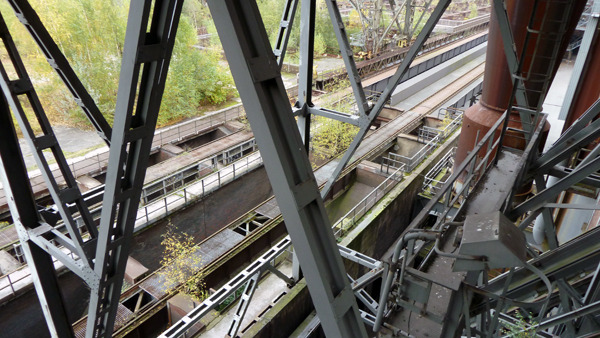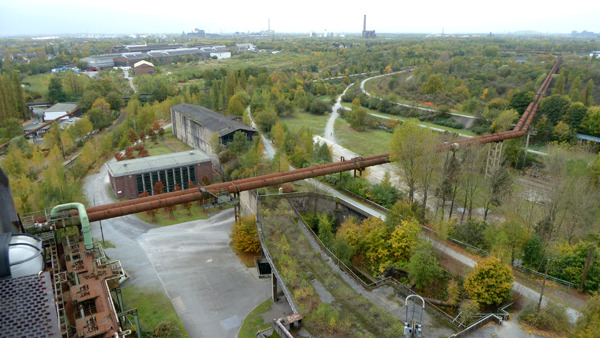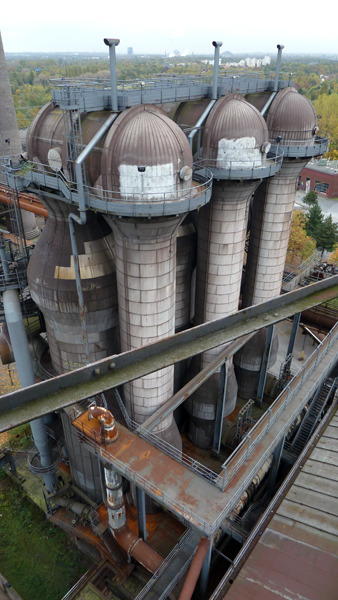We had some questions about what gets sorted out from the dumpsters we use, so we turned to our knowledgeable garbage guy Steve Christen from AA "Always Available" Roll Off Service.
What is getting recycled these days? Steve said the market is always in flux. One of the easiest things to recycle is construction wood, which is chipped for landscaping mulch.
For a while, Steve found a market for non-typical plastics in Ashland with a company that was recycling lawn furniture, but then that market disappeared. "With plastics, petroleum is embedded energy. At some point we are going to find the value in these materials."
One of the issues is that unlike some countries that have limited land area or broader protection policies, we still have plenty of space that is being used for landfills in the U.S. Until the price of land becomes more expensive than the value of the materials we are throwing away, markets for recycling will continue to be transitory.
Steve writes a monthly column as the "Recycling Guy" for the Superior Telegraph. It's a great read! You can email him your recycling quesetions at: aarolloff@aol.com
On another recycling note, folks had a great time at our Second Annual Leftover Thanksgiving potluck. We were having so much fun we forgot to make any photos until the party was over.


